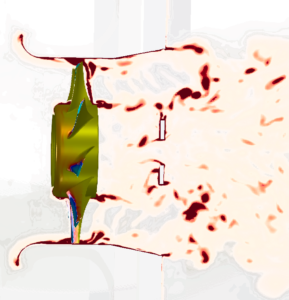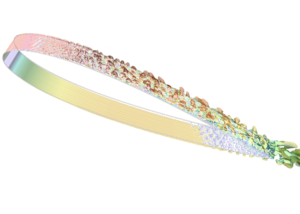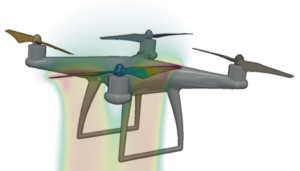
TCAA
Software module for simulations of acoustics
TCAA is a software module for Computational Acoustic Analysis. TCAA was designed to calculate acoustic noise from transient CFD results, both in the time and frequency domains. The approach used within TCAA is the so-called “Acoustic Analogy”. The input to TCAA is a set of CFD quantities stored on the faces of the control surface.

As transportation becomes more comfortable, there is an increasing demand to limit the noise generated by vehicles and aircraft, as well as noise in industrial workplaces. Noise can have a negative impact on people’s health, especially on hearing and the nervous system, and can also cause fatigue, stress, and insomnia. In general, noise is an undesirable factor, such as the noise of machines in workplaces, the noise for surrounding residents near airports and major roads, and also in industrial plants.
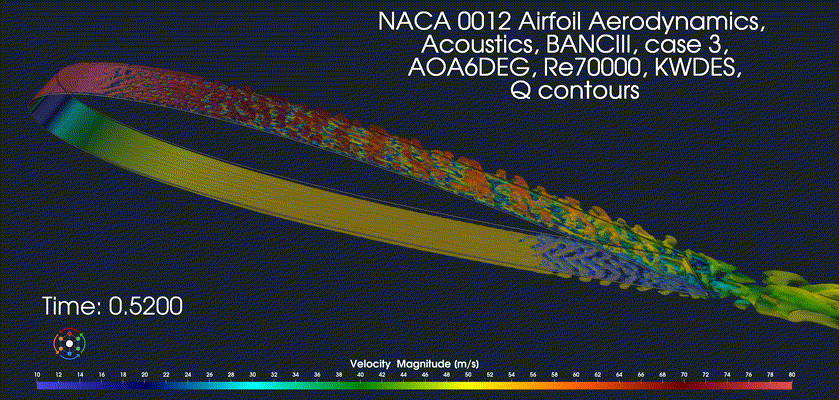
For this reason, noise standards and regulations are becoming increasingly strict. For example, the automotive industry is developing new technologies to help reduce engine and tire noise, and fan manufacturers are developing quiet-running fans. Special technologies (such as blade shaping) are used in aircraft to reduce propeller noise.
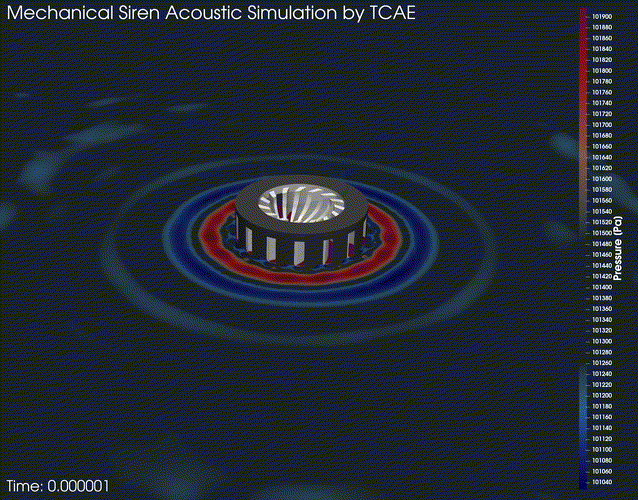
Research in the field of noise reduction is therefore very important. The development of new technologies can help reduce machine noise, thereby improving comfort and reducing the negative impact on the environment and people’s health.
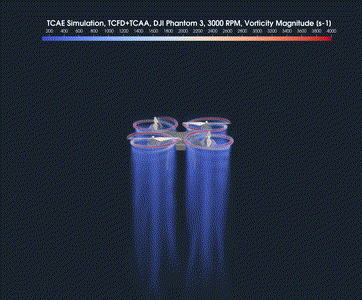
TCAA software can process a wide variety of fluid flow simulations, including those focused on limiting noise generated by vehicles, aircraft, and industrial workplaces. Depending on the specific capabilities of TCAA, it is possible to import results from different types of CFD in specific formats or generate the necessary results within the TCAE simulation environment itself.
As for the range of acoustic frequencies that TCAA can process, the “Acoustic Analogy” approach is used within the software, as well as the resolution and accuracy of the input CFD data. In general, TCAA is capable of simulating a wide range of acoustic frequencies, from low-frequency sound waves to high-frequency noise and turbulence.
In terms of post-processing tools, TCAA offers a range of visualization and analysis options for simulation results. This includes features such as 3D visualization of acoustic fields and frequency spectrum analysis.
TCAA is likely to be useful in a variety of fields where acoustic noise is a concern, including aerospace, automotive, HVAC, and industrial applications, among others. The software may also be useful for research and development in areas such as acoustic engineering and fluid dynamics.
Acknowledgement: The development of this software module was supported by:


